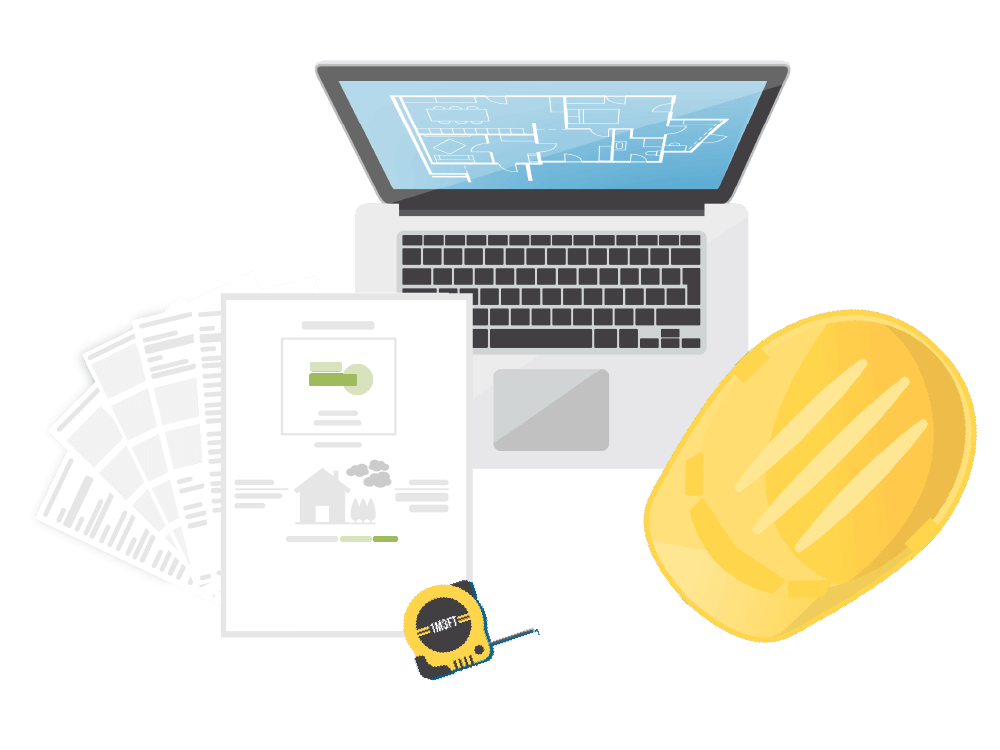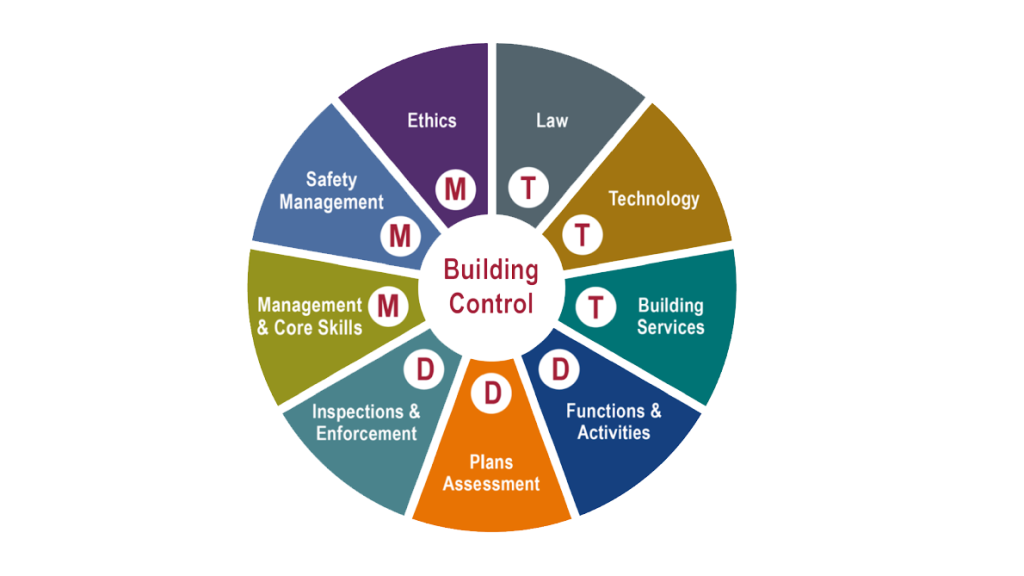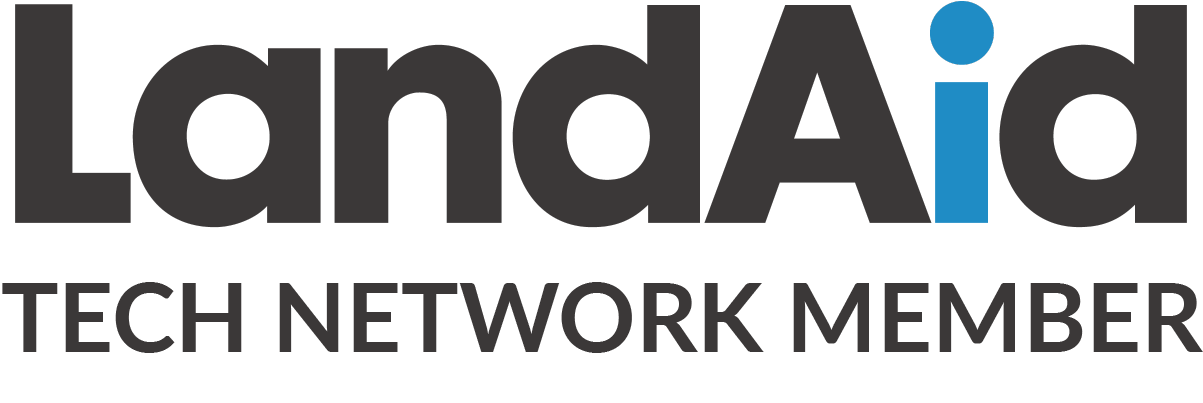From April 2024, a new Building Safety Regulator will introduce a new register for all professionals in the building control sector. Both local authorities and private sector building control professionals will meet a set of competency requirements and register by law.
As part of the process, The Health and Safety Executive (HSE) has published a high-level draft of the proposed framework, named The Building Inspector Competence Framework (BICoF). The draft framework is now in the consultation phase, which is due to end on December 9th before the guidance is published in the Spring.
What is in the Building Inspector Competence Framework (BICoF) draft?
In the wake of the Grenfell Tower fire, building safety reform has been a topic firmly in the spotlight, with much back and forth between regulatory bodies, industry practitioners and the government over the kinds of reforms and changes needed to steer things in a much safer and more transparent direction.
The BICoF draft has introduced a new set of mandatory competencies for professionals operating in building control, with four registration classes for individuals. The draft outlines these competencies by level and subject area, as well as an overview of the BICoF model known as “the wheel”.
The reforms will see HSE become the Building Safety Regulator (BSR), whereby it will establish and maintain a register of building inspectors, provide a framework for the class and level of building inspectors according to qualifications and experience, and handle the registration of building inspectors if they satisfy the competency requirements.
What are the four building inspector classes?
The four Building Safety Regulator classes for individual building inspectors are:
- Class 1 Building Inspector (Associate/Assistant)
- Class 2 Building Inspector (Standard)
- Class 3 Building Inspector (Complex/HRBs)
- Class 4 Building Inspector (Manager)
Whether in the public or private sector, regardless of the type of building projects they work on, any individual building inspector performing a role under one of these four classes must register with the Building Safety Regulator and comply with its code of conduct.
The draft BICoF notes that individuals may register under more than one class and that progressing through classes is not necessarily linear, it just serves as a classifier for the types of roles found in the industry.
However, it is made clear that the proposed BSR classification is a vital part of the ongoing reform, stating that “building control bodies must ensure that staff or contractors carrying out building control activities, or who advise them on building control functions, (as defined in legislation) are registered under the appropriate class.”
Additionally, the Building Safety Regulator makes mention of continuing professional development (CPD) as a necessary requirement for building inspectors, but it must only be carried out under the supervision of a “competent person.”
The Building Inspector Competence Framework draft is explicit in its classification of the four building inspector profiles, offering an outline of the class, its activities, accountabilities, indicative skills, experience and behaviour, among other things.
Let’s look at some of the key parts of each of the four building inspector classes. Please note that this overview is not exhaustive and is meant to serve as a snapshot of the draft framework and proposed reform.

What is a Class 1 Building Inspector?
The BICoF draft outlines the profile of a Class 1 Building Inspector (Associate/Assistant), as an individual working in building control who can’t register in one of the other three classes or demonstrate the ability to work unsupervised.
For all intents and purposes, a Class 1 Building Inspector is an entry-level position in building control, which is most suited to new entrants, students and trainees. It is the most suitable classification for building inspectors with minimal skills and experience, where they may be performing allocated tasks under the supervision of Class 2, 3 or 4 Building Inspectors.
The indicative skills outlined in the draft include effective IT skills, the ability to work alone or in a team, and the ability to develop the skills needed to register as a Class 2 Building Inspector.
What is a Class 2 Building Inspector?
The BICoF draft outlines the profile of a Class 2 Building Inspector (Standard), as an individual working in building control who checks the quality of building work against guidance, standards and legislation, such as the Building Safety Act 1984 and Building Regulations 2010.
Class 2 Building Inspectors undertake numerous activities, including evaluating plans, drawings and documents, conducting inspections, advising building control bodies and advising the issuing of completion certificates.
Although just one class “above” a Class 1 Building Inspector, this role has a much wider scope in terms of accountability. Most of it centres on compliance and regulation, the providing of advice to duty holders and identifying courses of appropriate action in the event of contraventions.
Similarly, a Class 2 Building Inspector’s indicative skills and experience are broader, including report writing, problem-solving, decision making and analysis, with a Level 6 academic qualification or equivalent professional/vocational training at a minimum. This profile also requires a deeper knowledge of regulations and legislation, health and safety and design and construction, among other things.
What is a Class 3 Building Inspector?
A Class 3 Building Inspector (Complex/HRBs) is indicated as an individual who checks building work against regulations and legislation, as per the Class 2 Building Inspector. However, Class 3 Building Inspectors differ due to the additional knowledge and experience requirements as outlined in the draft, specifically in relation to complex buildings and HRBs that are “designed, constructed, and occupied in such a way that the statutory guidance may not be wholly appropriate.”
As a result, this building inspector class requires an understanding of alternative methods of compliance, the ability to liaise with clients and contractors, advise building control bodies and work as part of a multi-disciplinary team in the case of HRBs, where they would be accountable to the BSR.
While some of the indicative skills and experience are on par with those of a Class 2 Building Inspector, the skills and experience required for a Class 3 Building Inspector must incorporate a specialism in complex buildings and HRBs. They must also extend their skillset to include construction safety, leadership, building systems, change management and more.
Additionally, a Class 3 Building Inspector must demonstrate the ability to develop and implement property inspection schedules for complex buildings and HRBs, while also being able to assess safety and risk.
What is a Class 4 Building Inspector?
As per the draft, a Class 4 Building Inspector (Manager) is “responsible for the administrative and technical processes linked to the delivery of a safe, secure and sustainable built environment.”
The role includes, among other things, the ability to manage a building control function/team that can operate in pre-submission consultations, demonstrable experience validating applications and a high-level understanding of plans assessment and processing.
As is expected due to the title, Class 4 includes more managerial-level responsibilities and skills, both technical and people-focused, plus a much deeper understanding of the application process. Competencies, accountabilities and indicative skills are again much deeper than those of a Class 3 Building Inspector, with a greater emphasis on the need for the ability to understand the OSRs and KPIs published by the BSR.
In addition to this, a Class 4 Building Inspector must demonstrate significant experience working in building control, with wide-reaching experience across the many functions and roles that they manage. The draft indicates a need for high proficiency in communication and decision-making, with recruitment, leadership and people skills also highlighted in the framework.
What are the four BICoF competencies?
As part of the draft framework, the Building Safety Regulator has identified a model for building control as a diagram rendered in the shape of a wheel, as shown below.

Source: HSE’s Building Inspector Competence Framework (BICoF) draft
It splits the building control profession into nine competence subject areas which overlap with each other, broadly covering technical competence, delivery competence and management competence.
These are housed under four competency levels that were initially outlined in the Future of Building Control, a report published by the Royal Institution of Chartered Surveyors (RICS).
The competence levels, taken verbatim from the draft framework, are as follows:
- Awareness – A basic knowledge of the subject and how it relates to their role.
- Appreciation – A general background knowledge of the subject area, combined with an appreciation of intent. May require the specialist input of others to assess compliance.
- Understanding – Sufficient knowledge of the complexities involved in order to make independent decisions and assessments regarding compliance of typical building work, including utilising input from other specialists.
- Comprehensive – Sufficiently detailed knowledge and skills to make decisions on complex issues relating to design and construction and the ability to commission and interrogate specialist assistance where necessary.
The levels are indicative of the requirements for each individual in respect to their role or classification in the building control profession, and should be viewed as a progression that moves from “1. Awareness” through to “2. Comprehensive”, setting out what each individual needs to demonstrate as they progress through the competency levels.
The draft framework offers an in-depth look at each of the nine competence subject areas, covering each of the four levels and what each individual should demonstrate to satisfy in each case.
What’s next for the Building Inspector Competence Framework?
When the draft Building Inspector Competence Framework was issued by HSE, it confirmed that the competencies were under review and that it sought input from professionals in building control to attest to the skills, knowledge and experience necessitated by each class under the framework.
While it has set out an in-depth and comprehensive framework, nothing is set in stone and the consultation phase is still underway, where it looks to gather more information on how practitioners can demonstrate and satisfy the criteria laid out, and whether formal qualifications and assessments should take a more prominent position in the competencies.
In the meantime, any individual, organisation or industry body looking to comment or provide feedback on the proposed professional competence framework can respond by post, email or online here.
To view the draft Building Inspector Competence Framework (BICoF) in full, download the PDF.










